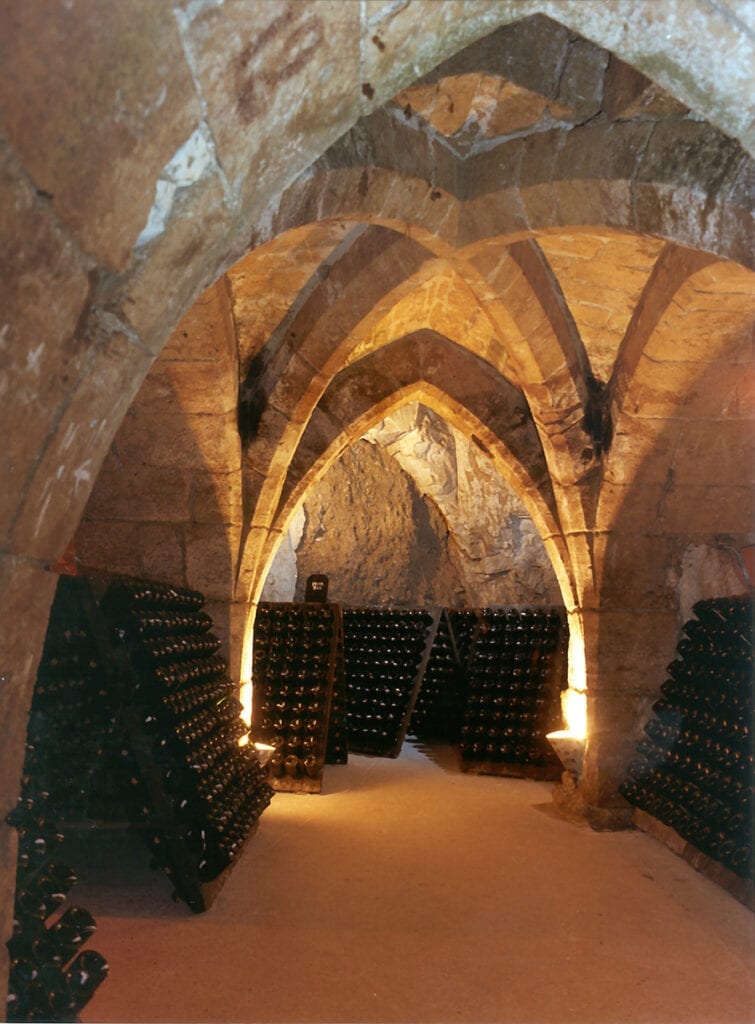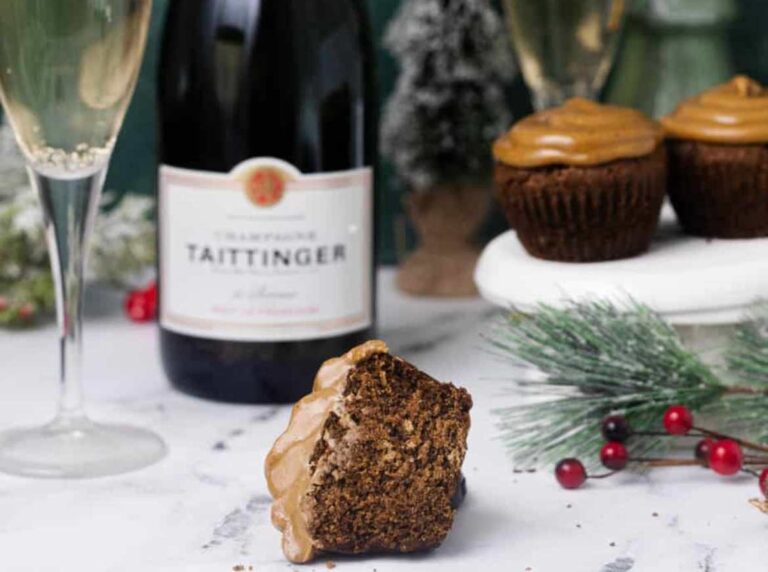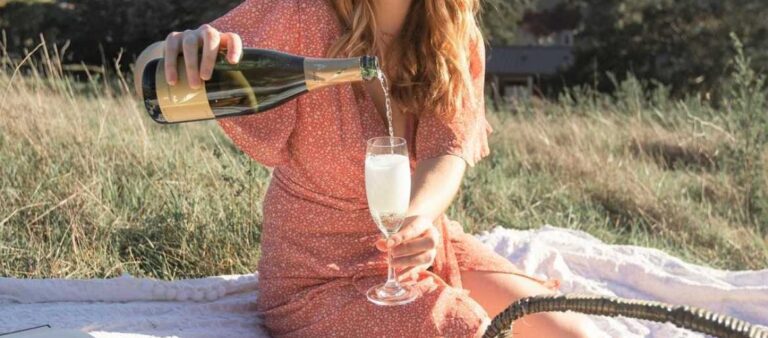“A rose by any other name would smell as sweet,” as the saying goes… or would it? Because Champagne by any other name is certainly not Champagne! What makes this sparkling rose different from any other flower? In a word (which captures much more than first glance): place.
The Champagne region is located less than 100 miles northeast of Paris in northeastern France. By European Union standards, if a sparkling wine comes from outside the Champagne region and/or fails to meet all of the strict standards required, it cannot be named “Champagne.” To be successful in Champagne is a badge of honor. Champagne production laws were established to ensure the best expression of the unique terroir in each bottle produced and to protect the region’s and winemakers’ reputations.

Champagne is the northernmost wine region in France with hard, chalky topsoil, limestone subsoil, and a challenging environment for grape growing that is cold and often wet. Most vineyards are owned by small grape farmers and either produced for local consumption or sold through co-ops to larger négociant houses for blending. The wines produced are magical blends of approved grape varieties (predominantly Chardonnay, Pinot Noir, and Meunier; additionally, Pinot Gris, Pinot Blanc, Arbanne, and Petit Meslier can be used) from varying subzones within the region and generally from varying vintages. Blending Champagne is often regarded as one of the most difficult jobs, requiring a top-notch palate.
Champagne must be produced in the traditional method with the secondary fermentation occurring in the bottle: this is when the elegant bubbles are created. The final nectar can vary by color (most is white, but rosé is also produced), age, and dosage level (sweetness). Though most are a blend of vintages, single vintage Champagnes are produced.
If “Champagne” is offered to you and you find that it was made anywhere other than Champagne, France, just know that someone is either trying to pull the wool over your eyes…or perhaps they didn’t know, themselves, that it can only be made in one place in the world. Hey, don’t jump to conclusions; this could be a teachable moment that’s accompanied with bubbles!
Because no other place in the world offers this combination of unique terroir and human regulations, and therefore no other place in the world can produce Champagne.



